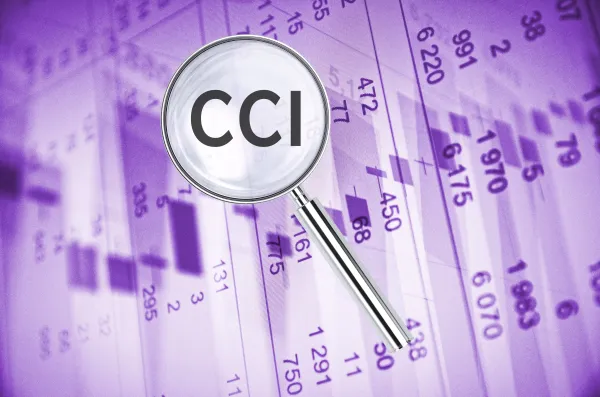Heed Hammertoe Edit on Capsulotomies

New edit sports modifier indicator of '1.' To kick off 2018, let's take a look at a late-year Correct Coding Initiative (CCI) edit that bundles a pair of toe repair codes. The basics: CCI tightened up its restrictions on coding for foot contracture release along with hammertoe repair. Check out how this new edit will affect your coding moving forward. Leave 28270 Off Most 28285 Claims CCI now explicitly forbids you from reporting 28270 (Capsulotomy; metatarsophalangeal joint, with or without tenorrhaphy, each joint (separate procedure)) and 28285 (Correction, hammertoe (eg, interphalangeal fusion, partial or total phalangectomy)) for the same patient encounter. According to CCI, 28270 is now a column 2 (component) code to 28285, the column 1 (comprehensive) code. Example: An established patient reports to the orthopedist. After a level-three evaluation and management (E/M) service, the orthopedist diagnoses right-footed acquired hammertoe. She performs hammertoe correction via total phalangectomy, and also performs capsulotomy for one joint with tenorrhaphy. In this instance, you'd most likely report 28285 for the repair, and 99213 (Office or other outpatient visit for the evaluation and management of an established patient, which requires at least 2 of these 3 key components: An expanded problem focused history; An expanded problem focused examination; Medical decision making of low complexity ...) for the E/M with modifier 57 (Decision for surgery) appended. This modifier shows the payer that the orthopedist performed the E/M, then decided to perform the repair based on the E/M results. Also, append M20.41 (Other hammer toe(s) (acquired), right foot) to 28285 and 99213 to represent the patient's hammertoe. Why not 25? You might be tempted to append modifier 25 (Significant, separately identifiable evaluation and management service by the same physician or other qualified health care professional on the same day of the procedure or other service), to an E/M preceding 28285; don't do it. You should append modifier 25 to significant, separately identifiable E/Ms that occur before a minor surgery - one with a global period of 10 days or less. Modifier 57 is correct for 28285 because the repair code has a global period of 90 days. Modifier Makes Unbundling Possible Since CCI slapped a modifier indicator of 1 on the 28285/28270 edit, you might be able to unbundle the codes and report them separately in certain situations. If the bundle had a modifier indicator of "0," you couldn't unbundle the edit combination under any circumstances. Check with payer: Since this edit is still fresh, you might want to check with your payer before breaking the 28285/28270 edit, to see if the practice is allowed. If you do break the bundle, you'll be reporting 28285 first, and reporting 28270 with modifier 59 (Distinct procedural service) appended. 'X'-ception: Each year, more payers are switching to the X modifiers; these are a more specific set of modifiers that are meant to replace modifier 59. The X modifiers are: Remember: "The X modifiers replace modifier 59 only in these four situations; there will be other instances where modifier 59 will still apply," explains Heidi Stout, BA, CPC, COSC, PCS, CCS-P, with Coder on Call, Inc., in Milltown, New Jersey. "The X modifiers are a subset; they do not completely replace modifier 59." If you're unsure of your payer's stance on modifier 59/X modifiers, be sure to check your contract before filing any claim with distinct procedural services.




